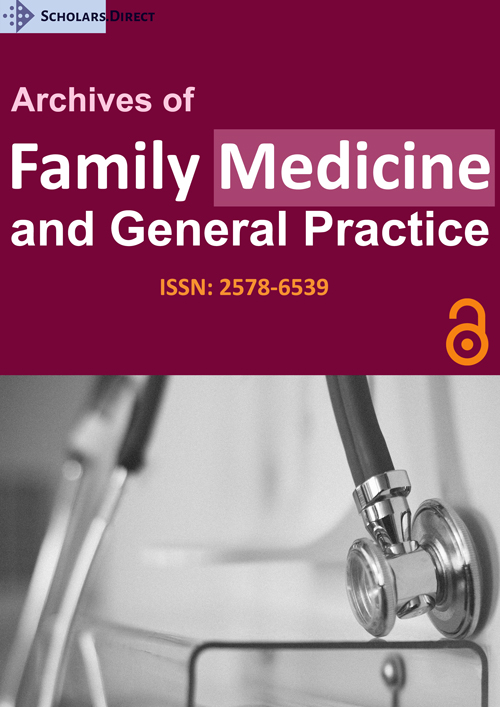Letter to the Editor: Host Response to SARS COV-2 and its Effect
SARS COV-2 is an airborne disease. Clinical and lab appearances incorporate fever, chills, myalgia, running nose, dyspnoea, pneumonia, lymphopenia, neutrophilia, thrombocytopenia, and raised serum lactate dehydrogenase, alanine aminotransferase, and creatine kinase. Medical service providers are at the highest risk and the aged people with multiple comorbid diseases are also vulnerable. The treatment has been exact, and there is no authorized SARS COV-2 vaccine for people up until now. Notwithstanding, the nearness of enduring killing antibodies and memory T-and B-lymphocytes in improving SARS patients raises trust in dynamic inoculation. Moreover, results from preclinical SARS immunizations communicating spike protein to inspire killing antibodies and cell reactions that are defensive in mouse and nonhuman primate models are empowering.
Data from other free examinations moreover show that SARS-express T lymphocytes against S, M, E, and N proteins are recognized in recovering SARS tests from one to four years post-infection using covering peptides against singular fundamental proteins, rather than a genome-wide system [1]. All proteins are IFN- γ positive and both CD4 and CD8 responses are distinguished for it. Without antigen and reexposure, memory T cells express to SARS-CoV further declined and could be perceived in a little degree of picking up quality patients [2]. Using a leading group of TCR-unequivocal antibodies, effector/memory Vγ9Vδ2 cells were found in recuperating SARS patients [3].
These cells are connected with a higher adversary of SARS IgG levels. Fortified Vγ9Vδ2 cells show IFN-γ-subordinate adversary op SARS-CoV development and can kill SARS-CoV debased target cells. Additionally, using a desire figuring to perceive putative cytotoxic T-lymphocyte (CTL) epitopes, S-express CTL in mending SARS patients show an isolated effector phenotype, which is depicted by CD45RA+CCR7−CD62L−CCR5+CD44+ [4]. In an alternate report, the CTL epitopes perceived could be used to induce CTL responses in A2 transgenic mice after DNA inoculation [5]. Numerous infectious diseases have been associated with HLA gene polymorphisms. The relationship of express HLA alleles with feebleness to SARS pollution and disease reality has been proposed [6]. Regardless, as a result of various polymorphism of HLA alleles and the unobtrusive number of tests attempted, the results are questionable. The human genome HLA area has been recognized for its relevance for both disease risk and resistance [7].
In mild and extreme cases of COVID-19, differential immune responses have been reported, including delayed IgM responses and higher S protein IgG titers in non-ICU patients [8,9]. A recent study of a SARS-CoV-2 genome-wide SNP interaction study using viral genomes of full length detected an SNP associated with COVID-19 intensity at nucleotide 11083 [10]. The response to SARS-CoV-2 is imbalanced about regulating virus replication versus activation of the adaptive immune response. This SNP is located in the non-structural nsp6 protein [10]. COVID-19 therapies have less to do with the response of the IFN and more to do with inflammation management.
References
- Peng H, Yang LT, Wang LY, et al. (2006) Long-lived memory T lymphocyte responses against SARS coronavirus nucleocapsid protein in SARS-recovered patients. Virology 351: 466-475.
- Fan YY, Huang ZT, Li L, et al. (2009) Characterization of SARS-CoV-specific memory T cells from recovered individuals 4 years after infection. Arch Virol 154: 1093-1099.
- Fabrizio Poccia, Chiara Agrati, Concetta Castilletti, et al. (2006) Anti-severe acute respiratory syndrome coronavirus immune responses: The role played by Vγ9Vδ2 T cells. The Journal of Infectious Diseases 193: 1244-1249.
- Chen HW, CH Pan, HW Huan, et al.(2001) Suppression of immune response and protective immunity to a Japanese encephalitis virus DNA vaccine by coadministration of an IL-12-expressing plasmid. J Immunol 166: 7419-7426.
- Zhou X, Vink M, Klaver B, et al. (2006) Optimization of the Tet-On system for regulated gene expression through viral evolution. Gene Ther 13: 1382-1390.
- Lin TY, Twu SJ, Ho MS, et al. (2003) Enterovirus 71 outbreaks, Taiwan: Occurrence and recognition. Emerg Infect Dis9: 291-293.
- Dendrou CA, Petersen J, Rossjohn J, et al. (2018) HLA variation and disease. Nat Rev Immunol 18: 325-339.
- Shen L, Wang C, Zhao J, et al. (2020) Delayed specific IgM antibody responses observed among COVID-19 patients with severe progression. Emerg Microbes Infect 9: 1096-1101.
- Sun B, Feng Y, Mo X, et al. (2020) Kinetics of SARS-CoV-2 specific IgM and IgG responses in COVID-19 patients. Emerg Microbes Infect 9: 940-948.
- Aiewsakun P, Wongtrakoongate P, Thawornwattana Y, et al. (2020) SARS-CoV-2 genetic variations associated with COVID-19 severity. MedRxiv.
Corresponding Author
Md Moshiur Rahman, Department of Neurosurgery, Holy Family Red Crescent Medical College, Dhaka, Bangladesh
Copyright
© 2020 Rahman S, et al. This is an open-access article distributed under the terms of the Creative Commons Attribution License, which permits unrestricted use, distribution, and reproduction in any medium, provided the original author and source are credited.




